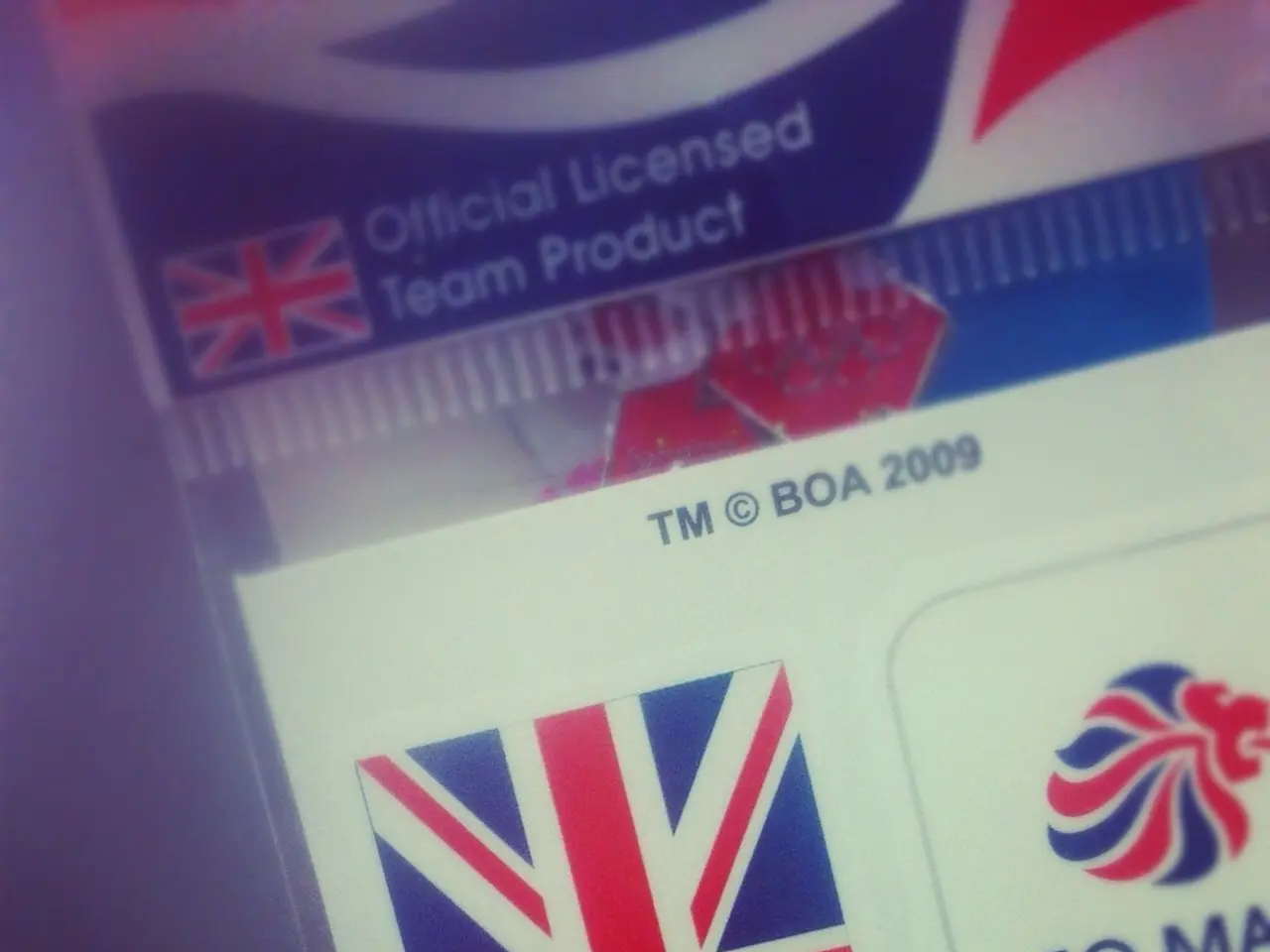Government is proposing regulations on vehicles with the steering wheel on the right side
In a bid to improve road safety in Russia, the Russian Interior Ministry has proposed a review of the rules governing the admission of right-hand drive (RHD) vehicles on Russian roads. This move is motivated by road safety considerations, with the aim of possibly changing how RHD vehicles are permitted to operate and be registered in the country.
As of now, RHD vehicles are allowed on Russian roads under certain conditions, but the ministry's move suggests that the authorities are looking to tighten or adjust these conditions to enhance traffic safety. No specific details on what the changes would entail have been publicly detailed yet.
The increased number of RHD vehicles in Russia directly affects accident statistics, according to the Ministry of Internal Affairs. In 2024, more than 10% of all road accidents in Russia involved RHD vehicles. This alarming statistic has led to the project's aim of improving road safety in the country.
The "Strategy to Improve Road Safety" project, which was made available to TASS on July 15, is part of this initiative. The project aims to reduce fatalities in road accidents by 1.5 times by 2030 and 2 times by 2036.
Periodically, ideas and projects related to restrictions on RHD vehicles, including proposals to ban them altogether, have emerged in Russia. However, no definitive new rules have been enacted yet.
In June 2025, the import of RHD vehicles from Japan fell by 12%, to 19 thousand units. Japan accounted for 48% of the imported used cars. The most popular models of imported RHD vehicles are Honda Freed, followed by Honda Fit and Toyota Corolla.
It is worth noting that the document refers to the risks posed by RHD vehicles, with the level of transport risk for RHD vehicles (4.9) being more than twice as high as for regular vehicles (2.1).
The Russian authorities have not announced any specific changes to the rules yet, but the proposal indicates a forthcoming regulatory reassessment. The current situation suggests that Russia is actively considering stricter regulation or possibly restricting RHD vehicles in the interest of road safety, but changes are still in the proposal and review stage as of mid-2025.
[1] Source: Russian Interior Ministry, "Strategy to Improve Road Safety" project document, July 15, 2025. [2] Source: Czech Republic Vehicle Registration Regulations, accessed July 20, 2025.
- The Russian Interior Ministry's proposal to review the rules for RHD vehicles indicates a potential shift in the automotive industry and transportation policy-and-legislation, as the aim is to enhance road safety in Russia.
- The increased number of RHD vehicles on Russian roads has contributed to a significant rise in general-news headlines about road accidents, with more than 10% of all road accidents in 2024 involving these vehicles.
- The finance sector may be impacted by changes in the transportation industry, as the import of RHD vehicles from Japan showed a decline in 2025, potentially altering trade relations between Russia and countries of origin.
- Amidst suggestions of restrictions on RHD vehicles in Russia, the authorities are currently in a review stage, working to improve road safety and addressing the higher transport risk posed by these vehicles, according to the "Strategy to Improve Road Safety" project document.




